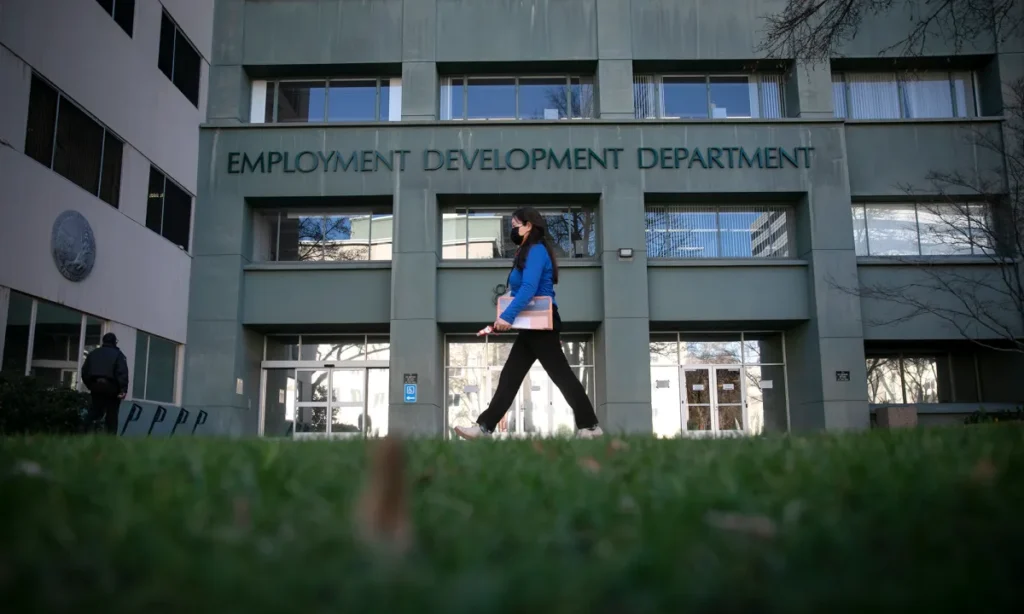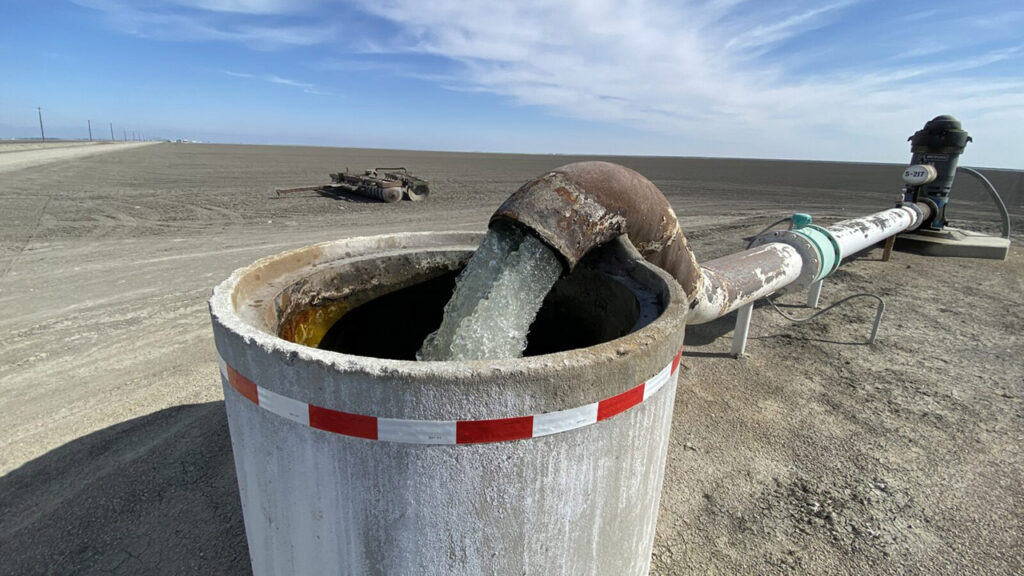Share
LAGUNA BEACH — Experts were working Tuesday to determine the cause of an increase in dolphin strandings along the Southern California coast.
Necropsies have been performed on all the dolphins to try to determine the cause of the strandings.
The center’s veterinarian, Kristen Sakamaki, said in a statement there were a variety of potential reasons, including viral infections, bacterial infections and toxins.
“We may not always get a definitive answer, but we consider our research with these dolphins to be a very important piece to the puzzle in providing clues as to what is going on in our nearshore habitats,” Sakamaki said.
The center said that, according to the Southern California Coastal Ocean Observing System, there have recently been blooms of algae that can produce domoic acid, which is toxic for marine mammals, seabirds and humans when ingested.
Heavy Winter Rains Can Cause or Worsen Strandings
Southern California has also had heavy winter rains that can cause or worsen strandings by flushing excess nutrients and harmful toxins from land into the oceans, the center said.
The two stranding events in which the animals were not recovered involved a dolphin that was immediately washed back out to sea and another that washed up in an area where it was unsafe for a rescue team to respond.
The center said people who see a stranded marine mammal should call in experts and should not touch it or try to help it back into the ocean.
The strandings began with three common dolphins beaching themselves on Feb. 4. One washed up dead at Huntington Beach and two more were rescued alive at Laguna Beach but had to be euthanized after examination.
A dead bottlenose dolphin washed ashore at Corona del Mar on Feb. 10, followed five days later by a common dolphin. Both were pregnant.
The most recent stranding was a common dolphin at Corona del Mar on Feb. 18.
RELATED TOPICS:
Categories

What We Know About Rob Reiner and His Death


















